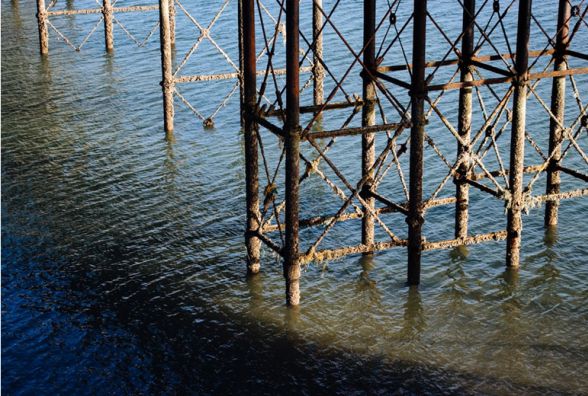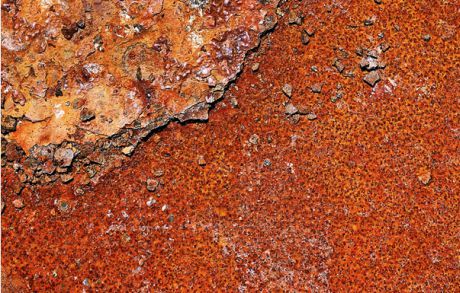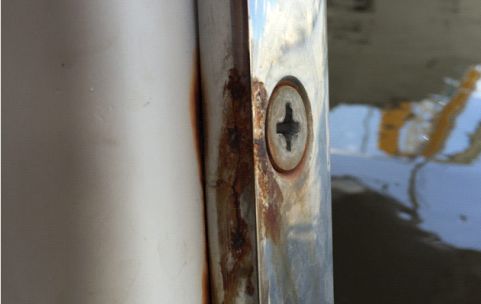
90° elbow threaded nut M-36X200 to hydraulic pipe Ø 25 outside DIN 2353
- 90º elbow nut nut to hydraulic pipe DIN 2353.- Thread nut nut M-36X200.- For hydraulic pipe Ø 25 outside.- Heavy series.- Material forged steel.- Bichromated anti rust treatment.
27,25 €

90° elbow threaded nut M-30X200 to hydraulic pipe Ø 22 outside DIN 2353
- 90º elbow nut nut to hydraulic pipe DIN 2353.- Thread nut nut M-30X200.- For hydraulic pipe Ø 22 outside.- Light series.- Material forged steel.- Bichromated anti-oxidation treatment.
15,46 €

90° elbow threaded nut M-30X200 to hydraulic pipe Ø 20 outside DIN 2353
- 90º elbow nut nut to hydraulic pipe DIN 2353.- Thread nut nut M-30X200.- For hydraulic pipe Ø 20 outside.- Heavy series.- Material forged steel.- Bichromated anti rust treatment.
16,75 €

90° elbow threaded nut M-36X200 to hydraulic pipe Ø 28 outside DIN 2353
- 90º elbow nut nut to hydraulic pipe DIN 2353.- Thread nut nut M-36X200.- For hydraulic pipe Ø 28 outside.- Light series.- Material forged steel.- Bichromated anti rust treatment.
25,58 €

Solenoid valve for compressed air 5 ways 3 positions
S9581-RFE
390,63 €

90° elbow threaded nut M-42X200 to hydraulic pipe Ø 30 outside DIN 2353
- 90º elbow nut nut to hydraulic pipe DIN 2353.- Thread nut nut M-42X200.- For hydraulic pipe Ø 30 outside.- Heavy series.- Material forged steel.- Bichromated anti rust treatment.
35,96 €

Mini hydraulic power pack type HR 080
537,80 €

90° elbow threaded nut M-52X150 to hydraulic pipe Ø 42 outside DIN 2353
- 90º elbow nut nut to hydraulic pipe DIN 2353.- Thread nut nut M-52X200.- For hydraulic pipe Ø 42 outside.- Light series.- Material forged steel.- Bichromated anti-oxidation treatment.
51,29 €

Corrosion of metals can occur either in the form of rust or cracks. It can affect a specific part or the entire metal surface of a tool or equipment. Corrosion occurs when solid metals deteriorate due to a chemical reaction. On some metal surfaces, corrosion is not easily visible and cannot be detected by the human eye. When metals go under the process of corrosion, they tend to deform and deteriorate. In simple words, corrosion occurs when a metal is chemically changed into its stable form.
The most common form of corrosion is probably rust and galvanic corrosion. Corrosion can affect the operations of businesses that use heavy metal tools and machinery. Also, many automobile manufacturing companies are also on a lookout for more advanced methods and techniques to protect their 3D printing automotive parts. Many researchers are also conducting various experiments to find out how to prevent different metals against rust and corrosion.
There are several factors that can cause rust and corrosion in metal tools and equipment. At times, metal tools and machinery can get corroded from excessive moisture and oxygen. Also, excessive amount of salt particles in water can also lead to corrosion of metals.
Different Types of Corrosion

There are several different types of corrosion. They may occur from excessive dust, oxygen, moisture or water in the environment. Some of the most common forms of corrosion are listed below.
1. Dissimilar metal or galvanic corrosion
2. Stress cracking corrosion (SCC)
3. General corrosion
4. Localized corrosion
5. Caustic agent corrosion
6. Flow-Assisted Corrosion
7. Intergranular corrosion
8. De-Alloying
9. Fretting corrosion
10. High temperature corrosion
11. Crevice Corrosion
12. Pitting Corrosion
13. Uniform corrosion
Details of basic types of corrosion are given below:
1. Pitting Corrosion
Pitting corrosion is very hard to detect. Also, this type of corrosion can cause more severe damage to metal machinery and tools. In this type of corrosion, hundreds of tiny holes and openings are produced into the affected metal area. This type of corrosion can spread across the entire metal surface and keeps on growing that can lead to severe damage and malfunctioning of machinery.
2. Galvanic Corrosion
This type of corrosion takes place when two completely electrochemically dissimilar metals come into an electrical contact under an electrolytic corrosive environment.
3. Uniform Corrosion
Unlike galvanic and pitting corrosion, uniform corrosion does not cause much damage to metal machinery. It is one of the most simplest forms of corrosion where a metal surface is evenly attacked and corroded. The affected metal surfaces tend to lose their shine, smoothness and luster from this type of corrosion.
4. Crevice Corrosion

Crevice corrosion takes place between the gaps, crevices or joints of two metal surfaces. This type of corrosion usually occurs when the ionic concentration of the two metal surfaces is not same.
5. Stress Cracking Corrosion (SCC)
Stress corrosion cracking (SCC) occurs in the form of cracks on metal surfaces at high temperatures. The cracks in the metal surfaces keep on multiplying due to constant tensile stress.
How to Protect Metal Surfaces Against Rust and Corrosion
Following are some of the most effective ways to protect metal surfaces against rust and corrosion.
1. Cathode Protection Against Corrosion
This is one of the most simplest methods for protecting metal surfaces against rust and corrosion. In this method, a metal surface is protected by connecting it with an electropositive metal surface.
2. Barrier Protection Against Corrosion
Under this method, a metal surface is protected from moisture and air through the method of electroplating.
3. Galvanizing
This method is mostly used for iron where it is covered with either zinc or aluminum to protect it against rust and corrosion.
Final word
In order to ensure smooth running of various tools and machinery, metal surfaces need to be protected against humidity, moisture, air and water. These elements in the atmosphere tend to create rust and corrosion on the metal surfaces of industrial and commercial machinery as well as automobile parts. Protecting metal surfaces from rust and corrosion is crucial to ensure smooth running of electrical equipment and improve the efficiency as well as the overall life of such electrical tools and equipment.